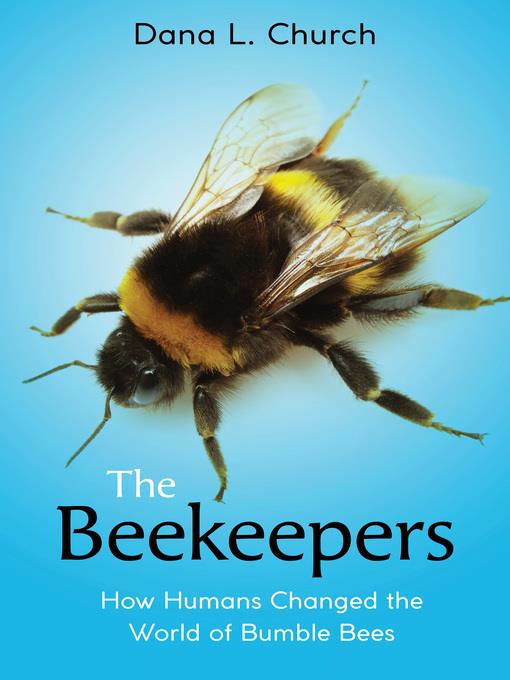
Beekeepers
How Humans Changed the World of Bumble Bees
کتاب های مرتبط
- اطلاعات
- نقد و بررسی
- دیدگاه کاربران
نقد و بررسی

February 1, 2021
Gr 5 Up-Church details the fascinating life of bumble bees, or "humble-bees," as they were once known, and their complex relationship with humans. The initial chapters explore bumble bee history, including bees that arrived in Iceland via Viking ships. Anatomy topics include a third eye that detects light intensity and bumble bee poop. Scientists have been studying bees for the last 200 years, but they are just now learning how the insects' sesame seed-sized brains accomplish great feats. Bumble bees can create mental pictures and are social learners. The main focus of the text centers on commercial beekeeping industry practices and the introduction of harmful pesticides, pathogens, and parasites that are causing startling declines in bee populations worldwide. The text ends on a hopeful note, with stories of citizen scientists who are encouraging a global wave of change. Young readers can find small ways to help bumble bees that will make a difference. VERDICT A welcome addition that fills the gap between picture books and adult nonfiction for budding bee enthusiasts, or for school reports.-Amy Fellows, Multnomah County Library, OR
Copyright 2021 School Library Journal, LLC Used with permission.

February 1, 2021
An enthusiastic celebration of the bumble bee. There's no question Church knows bumble bees; whether the intended audience of 8- to 12-year-olds will be so eager to read 300-plus pages on her "tiny furry friends" is, however, quite another. Her disquisition opens with a history of human-assisted bumble bee movement around the globe, from their appearance in Iceland in the 17th century to large-scale breeding and transportation for specialty greenhouse-crop pollination today. Church also covers bumble bee biology and spends a great deal of time on bumble bee intelligence. Her enthusiasm is so exhaustive it risks losing all but the most dedicated readers--a chapter on the effect of invasive commercial bumble bees on native populations is thick with descriptions of experiments and laundry lists of species' names, both common and Latin. This granularity is out of sync with a text larded with exclamation points in a seeming attempt to engage an audience of young readers, one also presumed to be unfamiliar with terms such as decline or the reasons why pollination is important. Peculiarly absent is an explanation of single-crop farming and how that affects bumble bee populations, though there is extensive discussion of the impact of pesticide use. Everything you never knew you wanted to know about bumble bees...and may still not. (author's note, glossary, references, photo credits, index) (Nonfiction. 8-12)
COPYRIGHT(2021) Kirkus Reviews, ALL RIGHTS RESERVED.

March 1, 2021
Grades 6-8 This well-researched book about bumblebees around the world doubles as a call to arms to save them from disappearing. With references to Indigenous peoples' knowledge of bumblebees, scientists like Charles Darwin, and today's researchers, the author discusses the history of bumblebees, their different types, their habitats and locations, and what distinguishes them from the better-known honeybees. Their brains may only be the size of a sesame seed, but scientists have discovered that bumblebees are capable of learning from watching each other and can solve complex problems. Honeybee deaths due to colony collapse disorder are described, as are the probable causes of the decimation of bumblebees. The book offers suggestions for those wanting to help, such as volunteering as citizen scientists to track bumblebees or to create habitats to attract them. Unfamiliar terms are defined within the text, and a glossary, references, photos, maps, and index are included in the back matter. Final source notes and some illustrations were not seen. Not for casual readers, this extensive book will be most useful for student researchers.
COPYRIGHT(2021) Booklist, ALL RIGHTS RESERVED.

























دیدگاه کاربران